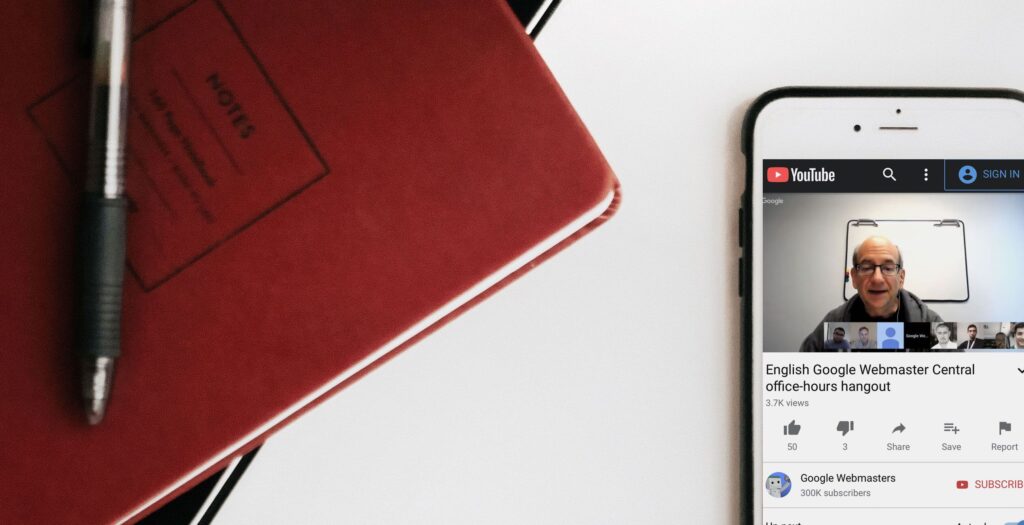Notes from the Google Webmaster Hangout on the 27th of June, 2017.
AMP Pages Don’t Need to Link to Other AMP Pages
From an AMP page you can either link to other AMP pages or to normal pages on your site. However you should never links to the cached AMP page URLs as there is no guaruantee that the pages will exist already.
Mobile Pages Can Have Breadcrumb Markup without Breadcrumbs on the Page
Google hasn’t decided on the requirements for structured data after the mobile-first launch, but Google is considering allowing a simpler UI without breadcrumbs but still include the breadcrumb markup.
Mobile-First Rollout Will Prioritise Sites Which Are Ready
When Google rolls out mobile-first indexing, they will look at sites individually and switch over the sites which are ready for mobile-first before sites which are not ready.
Google Won’t Notify Sites Which Have Been Switched to Mobile-first Indexing
Google won’t notify sites when they have been switched over to mobile-first indexing, but will consider sending messages via Search Console to help with any issues.
Use SEO Tools Which Support Mobile Crawling to Test for Mobile-first Indexing
Once Mobile-first indexing is released, a bad mobile site which is not equivalent to the desktop site could impact the ranking of the desktop site in desktop search. Google recommends using SEO tools that support mobile crawlers.
No Mobile Site is Better Than a Bad Mobile Site
Google recommends switching off really bad mobile sites and letting just the desktop site get indexed.
Alt Text is Included as Part of the On-page Text
Alt text is shown when images are turned off in a browser and counts as part of the on-page text.
Add Alt Text and Embed Images on Mobile Sites in Preparation for Mobile-First
Google’s Mobile-first team has noticed many sites don’t include alt text for images on mobile sites. John recommends checking that alt text exists for images when checking sites are ready for the switch to Mobile-first indexing as well as making sure images are embedded so they can still appear in Image search.
Content Hidden in Tabs on Mobile Will be Seen by Google After Mobile-first
Content behind tabs (or other types of user interface) on mobile will be seen by Google when Mobile-first indexing is released.
Links Which Are Missing on Mobile Versions of Pages Won’t be Seen
Google can crawl links included by JavaScript on mobile pages when they render the page, but if the links are completely missing on mobile pages which exist on the desktop pages, then Google wouldn’t see these links.
Google Ignores Many Pages Which Canonicalise to the Homepage
Google recognises there may be an issue if many pages have a rel canonical to the homepage and will therefore likely be ignored.
Caching Does Not Help with Rankings
CDN caching systems are not a direct ranking factor but it can improve ranking indirectly by improving user engagement. The Page Speed Insights tool may not report the impact of a CDN.
Geo-targeting Can’t be Set for ccTLDs
Google will promote ccTLDs for that specific country but you can’t set up geo-targeting for other countries outside of that ccTLD.
Google Doesn’t Recommend Dynamically Serving AMP Content
You can dynamically serve AMP content but it’s not recommended as tricky to get right and diagnose issues. They recommend using separate URLs for AMP or putting the entire site on AMP.
Google Requires Rel Alternate to Detect AMP Pages
Google requires a rel alternate to AMP pages to detect the pages, and a rel canonical from the AMP page back to desired canonical page.





